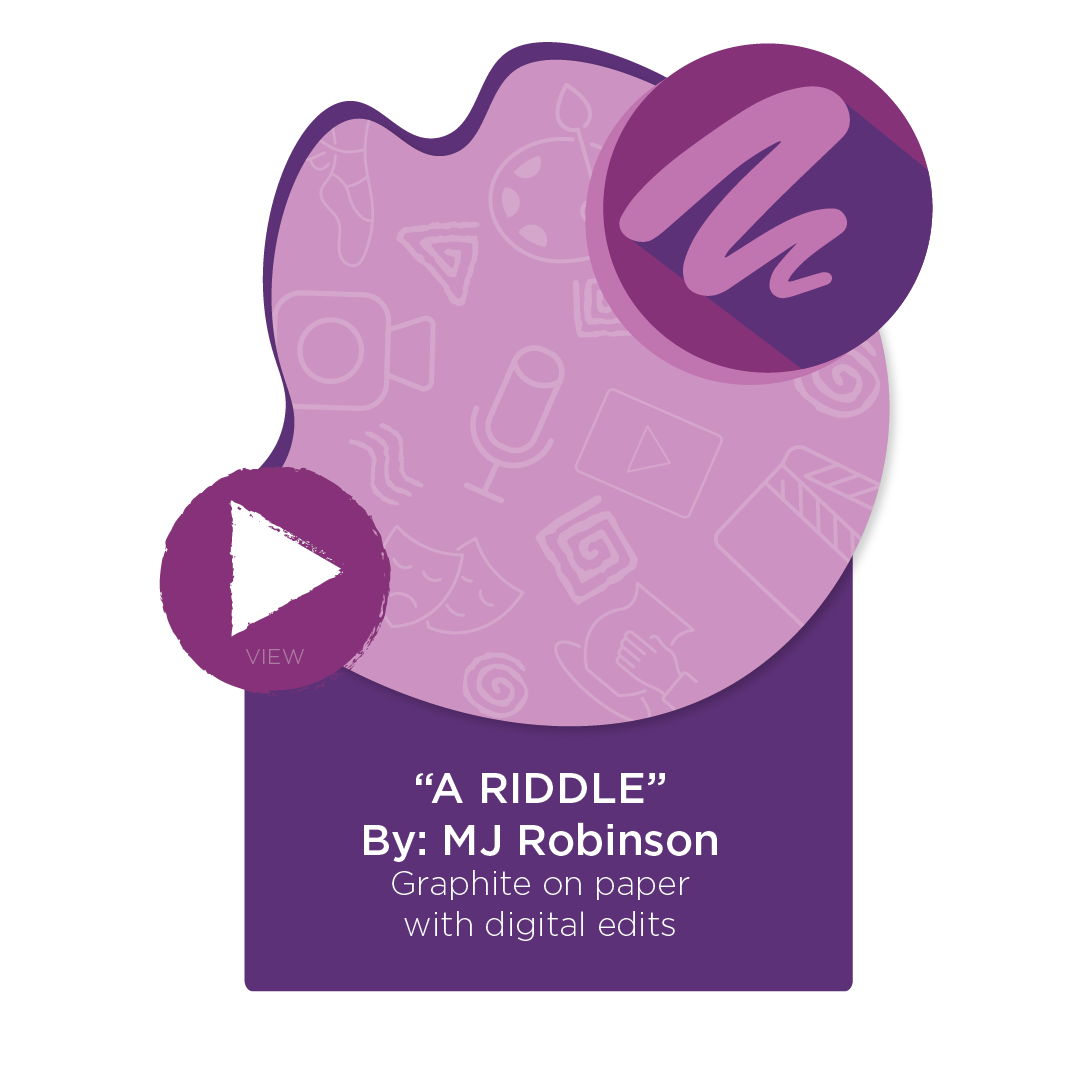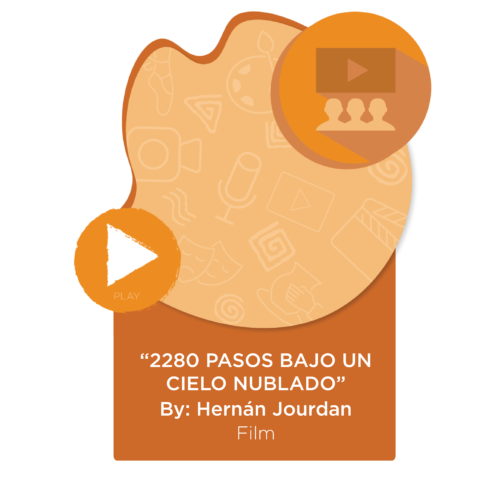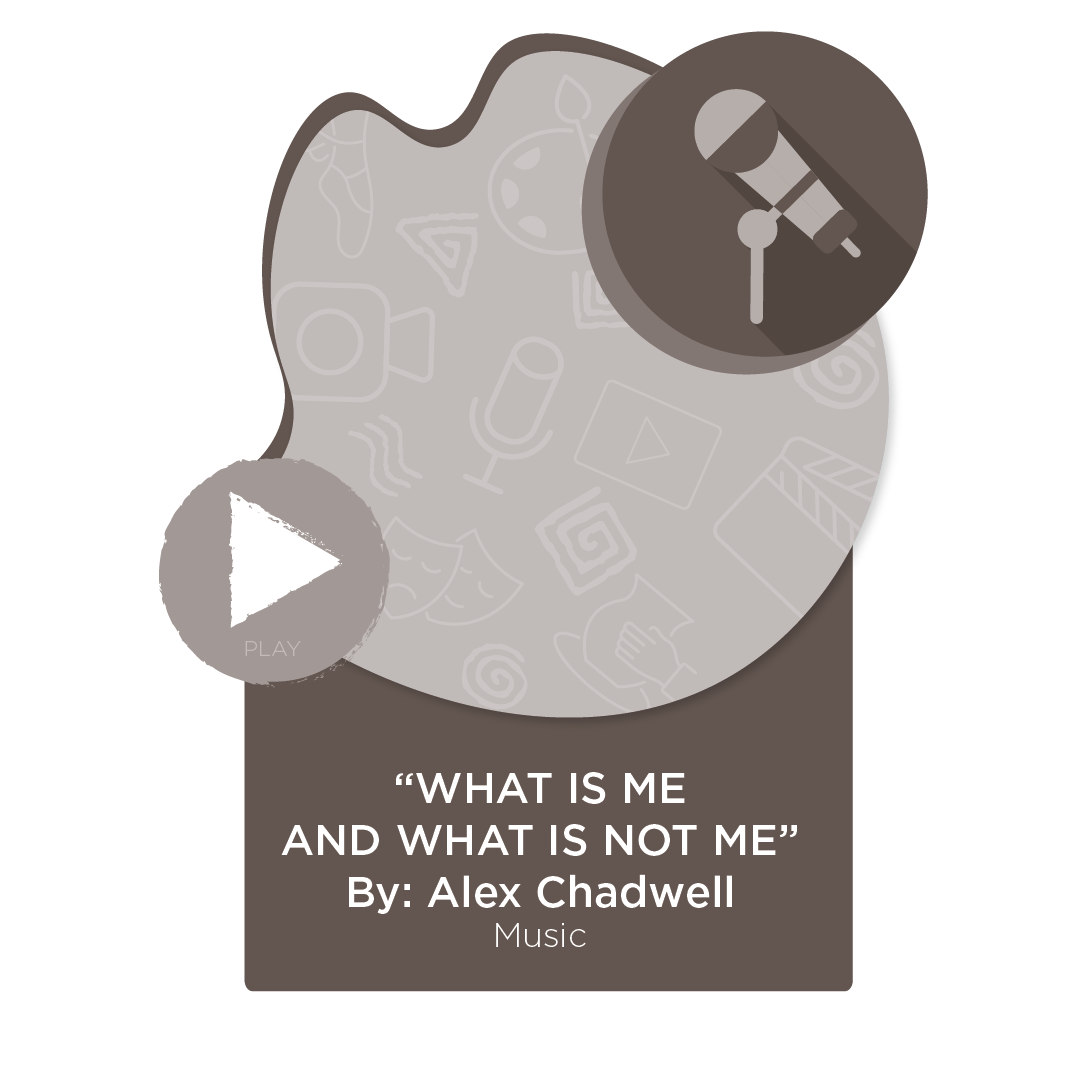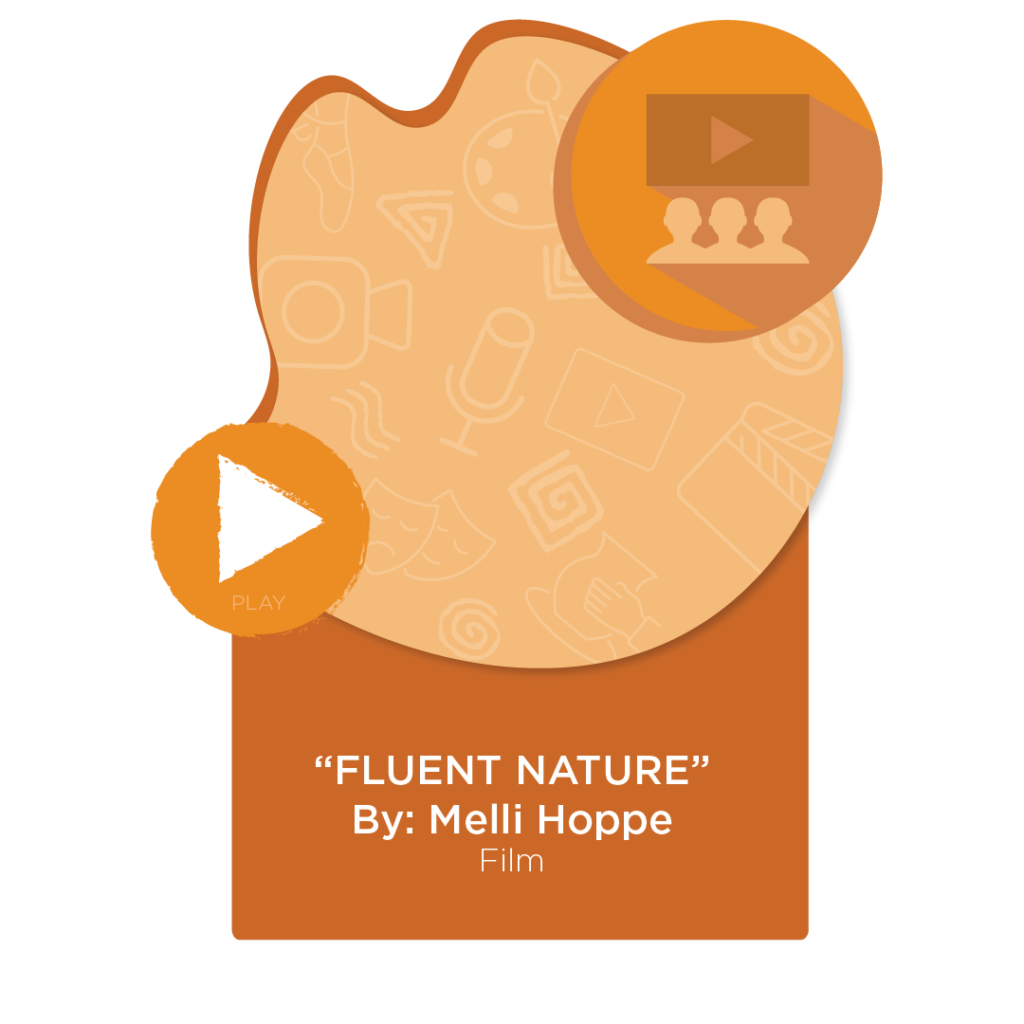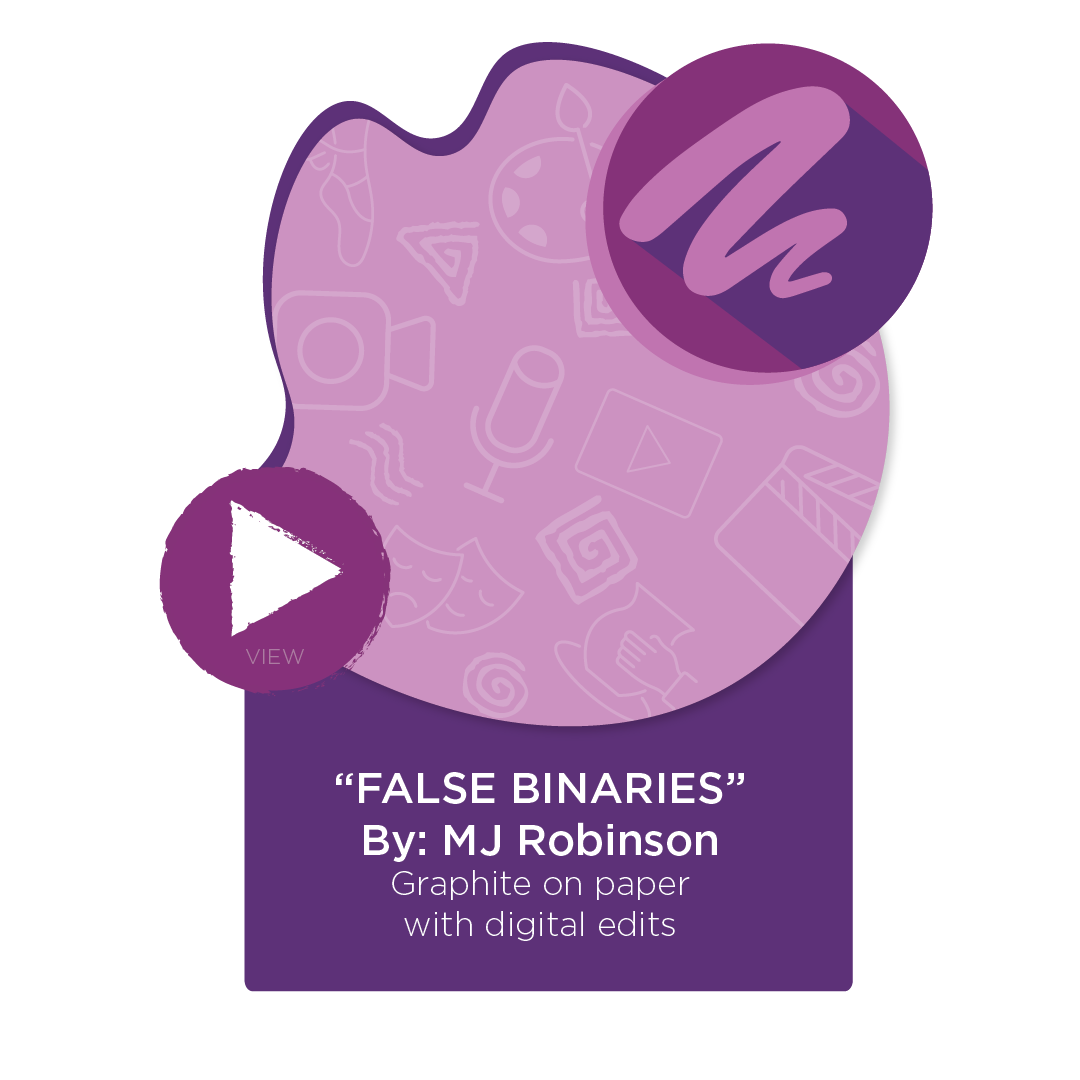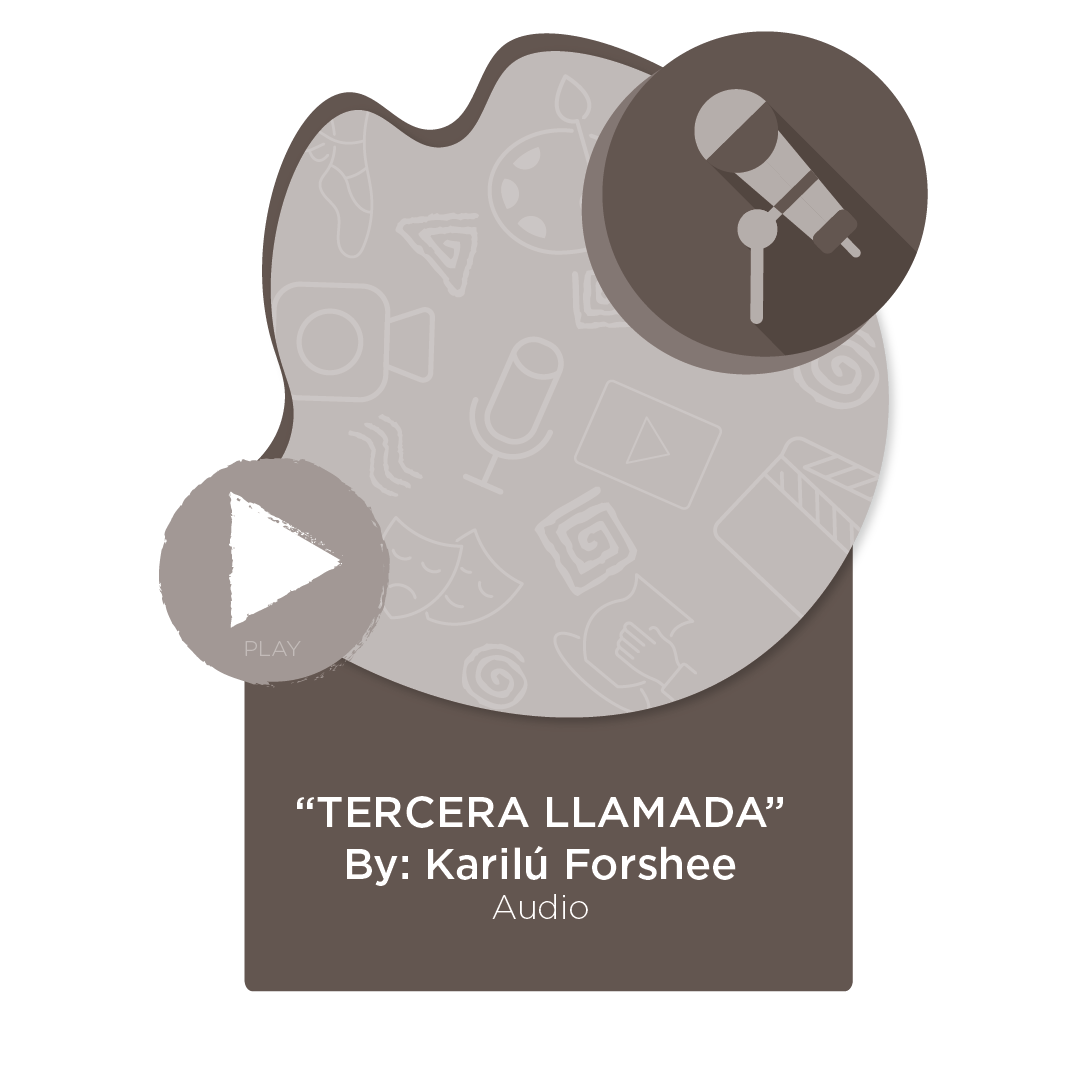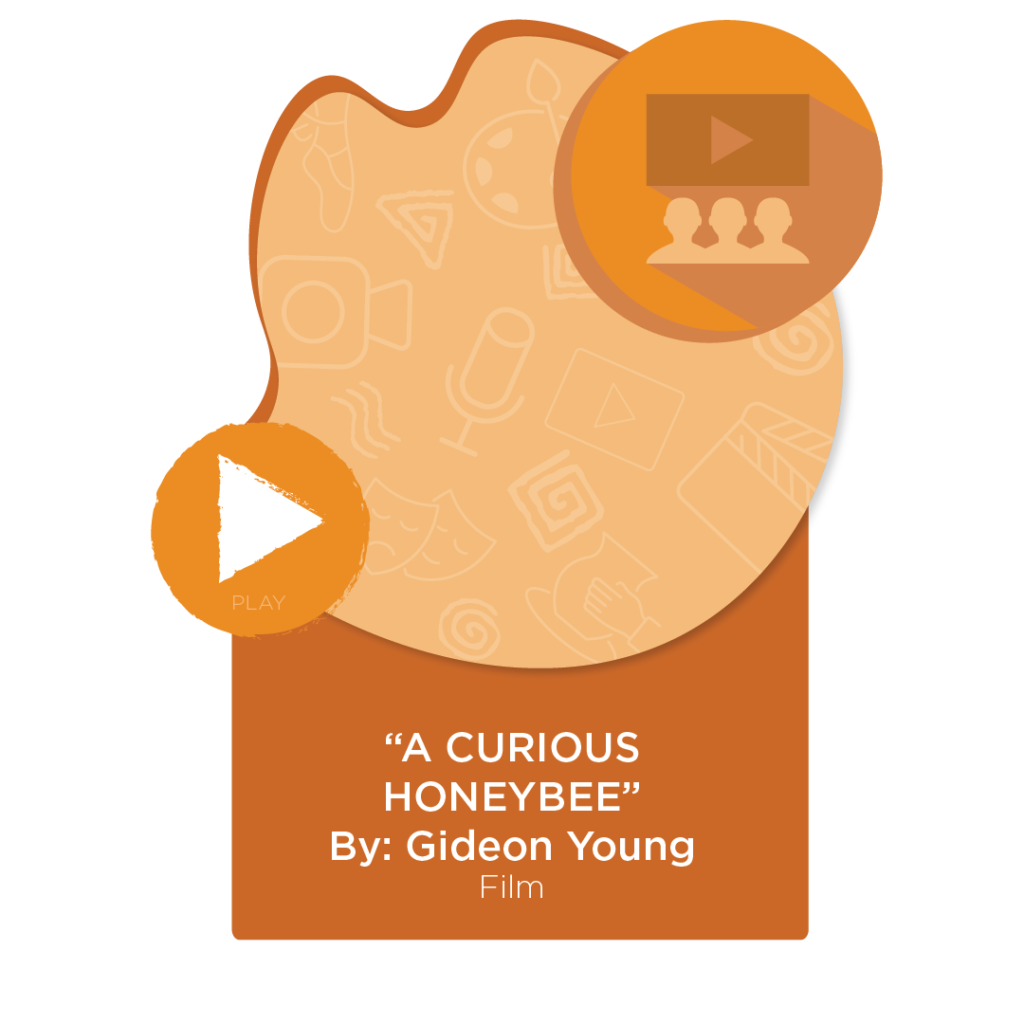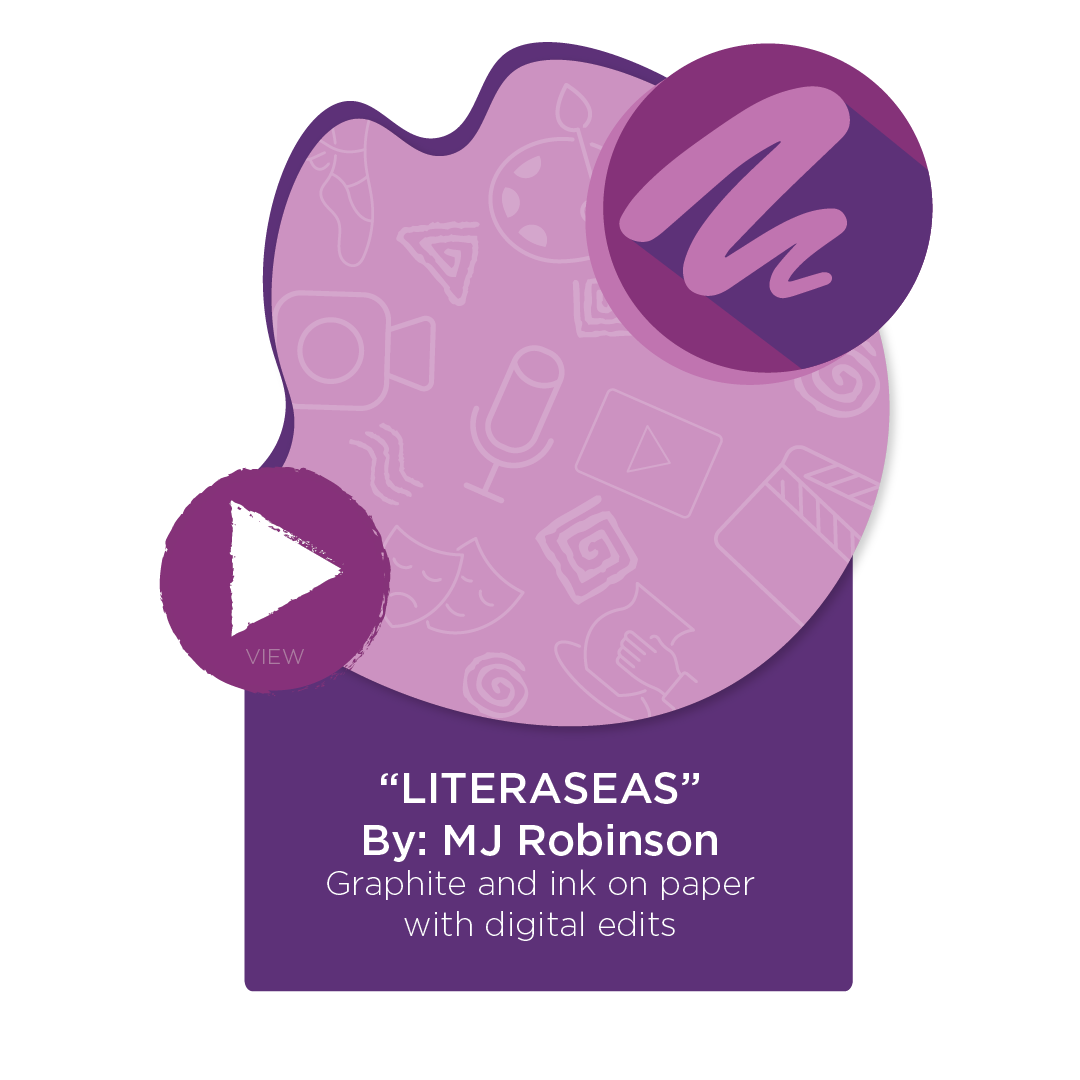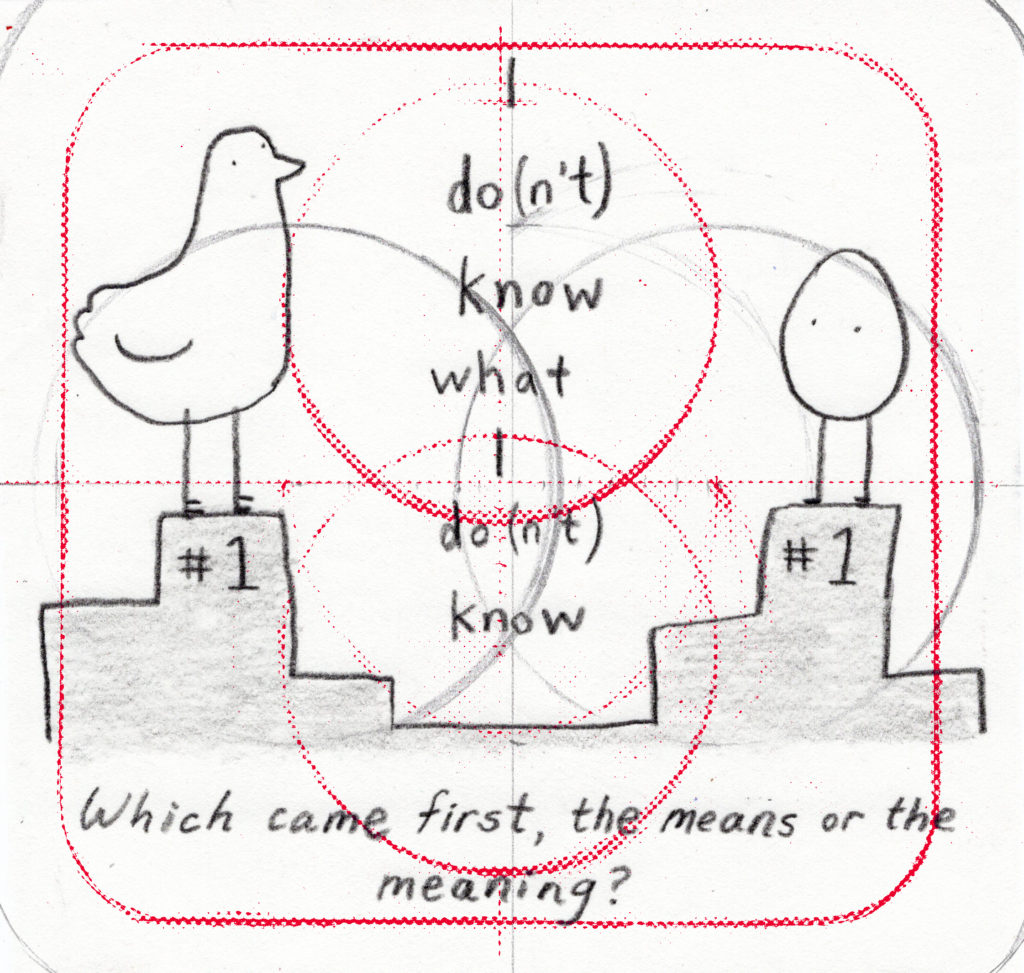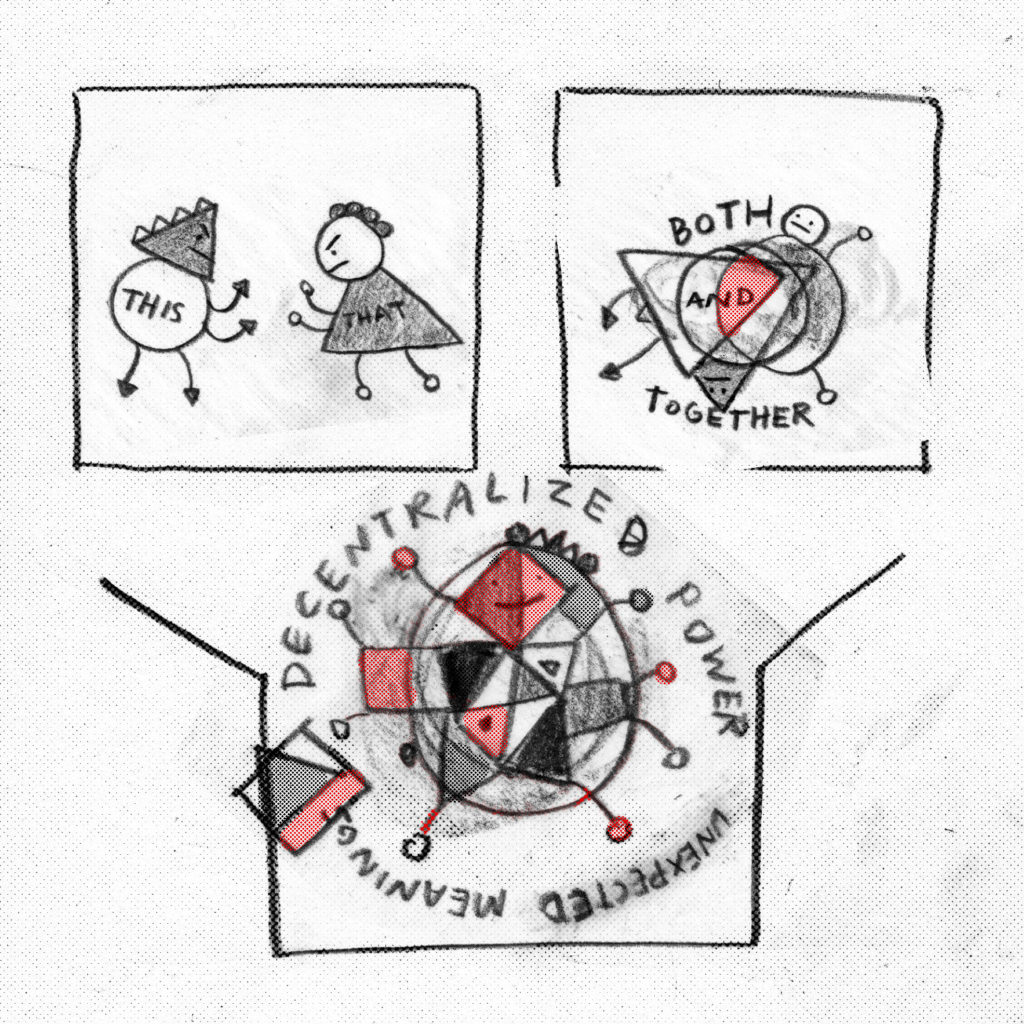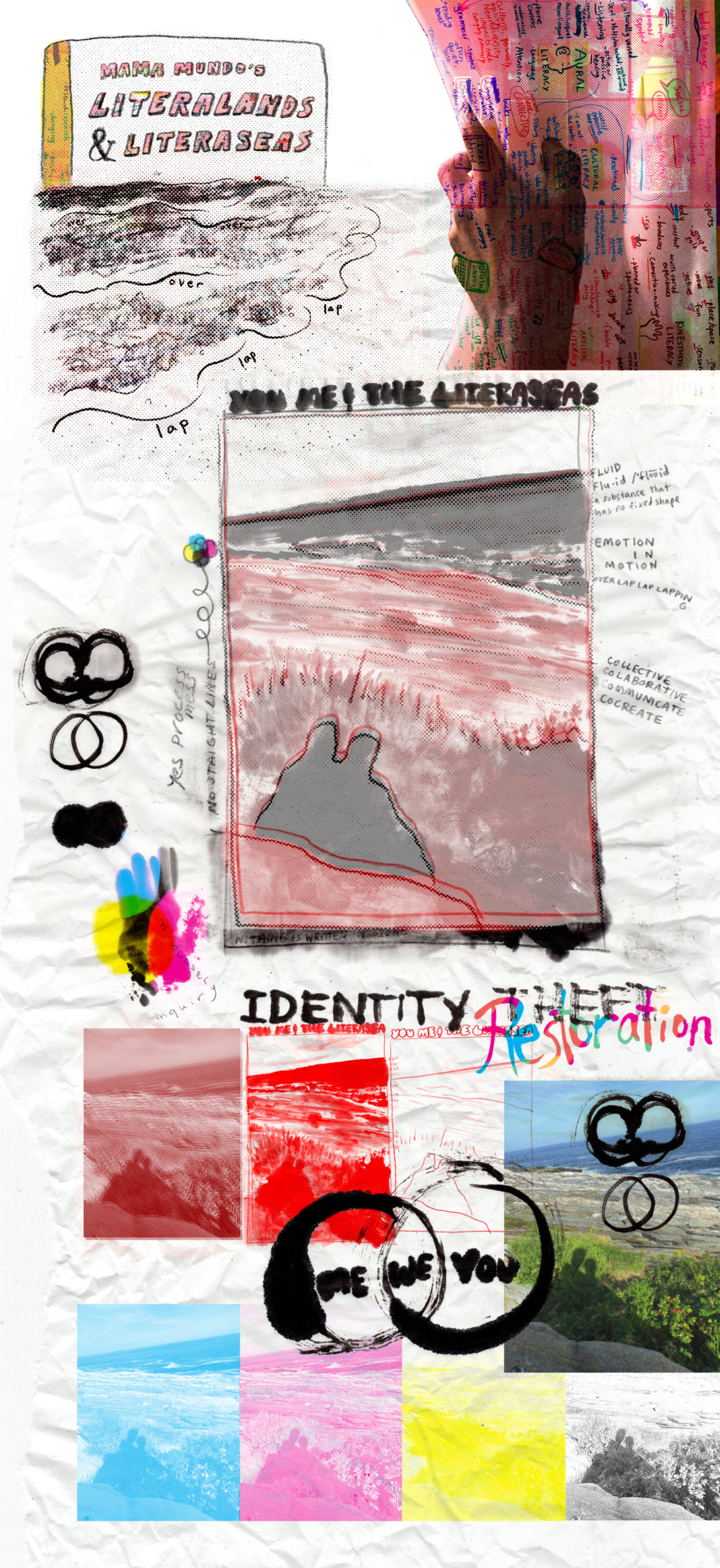
Welcome to this living and evolving resource!
In late 2020, the Arts Education Partnership began exploring intersections of arts education and literacies. Traditionally, literacy has been defined as the ability to read and write text. From the beginning of our work, we wanted this project to expand the narrative of literacy to be inclusive of the different ways people make meaning, beyond just reading and writing. The arts education field is active in supporting a broad concept of literacy that includes media, movement and sound, and it was our goal to bring together a group of people to build on this work and surface different perspectives across communities and fields.
The interactive journey you are about to engage in captures the insights and reflections of attendees who joined AEP for our Arts and Literacies Thinkers Meeting Series.
This resource incorporates art and text to support different experiences and interactions as you explore the relationships between art, arts education and literacies.
The Arts and Literacies
Throughout life, individuals use multiple literacies to make meaning of what they observe and engage with in the world around them. Meaning making supports them to develop knowledge, awareness, appreciation and empathy of different cultures, experiences and interpretations beyond their own.
Literacies do not exist in isolation, and there is no single story. Literacy as a concept is nonbinary, and people develop literacies through the continuous evolution of shared decoding and narratives.
Inquiry Questions
As you journey through this resource, you will encounter inquiries that prompt further engagement with the content.
We hope these inquiries offer space to reflect on your own experiences and environments as ways to create meaning and learn about the lives and interpretations of others.
Click on the animated question marks to show the inquiries.
Arts Education, Art and Literacies
Arts learning cultivates inclusive, dynamic literacies by creating multiple access points for learners to both share their stories and perspectives, and engage in ways that are responsive to their needs and preferences.
Arts education and art can center individuals as both creator and observer in an inclusive process that focuses on the necessity of personal and shared decoding and creation.
Q1. What catches your attention in the circle graphic above?
Q2. Where did you start exploring in this graphic? We invite you to try another approach.
Q3. What differences in interpretation exist based on the directionality of the information in the graphic?
Q1. How did you notice yourself reacting to the broad concept of literacies?
Q2. What do you want to know more about?
Q3. What implications might the concept hold for students, teachers, or communities?
Reflections
Moving away from a single-story approach to learning and exploration enables us to actively seek out the experiences and interpretations of others and to consider narratives, perspectives and access points that are different from our own.
Now that you have journeyed through this resource, we invite you to venture through it again, and think about what you are engaging with in a different way.
Get Involved
Inquiry Questions
Engage your community in this conversation. Share the resource. Start the conversation. And grow together!
- Q1. What do you find yourself reacting to relative to your personal concept of literacies?
- Q2. How did you notice yourself reacting to the broad concept of literacies?
- Q3. What do you want to know more about?
- Q4. What implications might this concept hold for students, teachers or communities?
- Q5. What new perspectives does this concept of literacies give us?
- Q6.What dominant narratives and images could this concept call into question?
- Q7. Who has been left behind, and how can we ensure they are welcomed, included and able to engage?
- Q8. What is unresolved?
Connect With Us
"*" indicates required fields
Join the conversation on Twitter using @aep_arts and #ArtsEdLiteracies.
Acknowledgments
- Alex Chadwell, Composer/Musician, Educator, Administrator
- Alida Anderson, Professor, School of Education at American University
- Debora Hansen, Leadership, National Coalition for Core Arts Standards
- Evan Tobias, Associate Professor Music Learning and Teaching, Arizona State University
- Gideon Young, Artist and Educator
- Hernan Jourdan, Production Artist, Ministry of Future Access
- Jill Castek, Associate Professor, Teaching, Learning & Sociocultural Studies at University of Arizona
- Karilú Alarcón Forshee, Performing Artist and Teaching Artist, Theatre Arts
- Lisa Rathje, Executive Director, Local Learning: The National Network for Folk Arts in Education
- Lisa Stuart Whitehead, Visual Arts Supervisor, Prince George's County Public Schools
- Melli Hoppe, Nationally Credentialed Teaching Artist, Young Audiences Arts for Learning
- MJ Robinson, Artist and Educator
- Sarah Miller, Program Coordinator, National Council of Teachers of English
- Suzanne Hall, Associate Professor of Music Education, Boyer College of Music and Dance at Temple University
- Jamie Kasper, Director, Arts Education Partnership
Inquiry Questions
Engage your community in this conversation. Share the resource. Start the conversation. And grow together!
- Q1. What do you find yourself reacting to relative to your personal concept of literacies?
- Q2. How did you notice yourself reacting to the broad concept of literacies?
- Q3. What do you want to know more about?
- Q4. What implications might this concept hold for students, teachers or communities?
- Q5. What new perspectives does this concept of literacies give us?
- Q6.What dominant narratives and images could this concept call into question?
- Q7. Who has been left behind, and how can we ensure they are welcomed, included and able to engage?
- Q8. What is unresolved?
Connect With Us
"*" indicates required fields
About the Facilitators
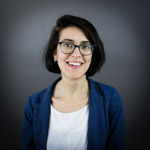
Cassandra Quillen
Project Manager
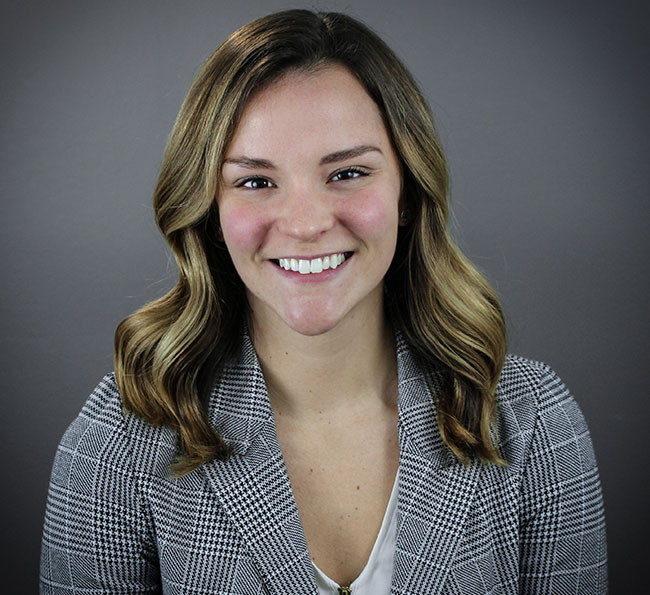
Mary Dell’Erba
Senior Project Manager

Tom Keily
Senior Policy Analyst

